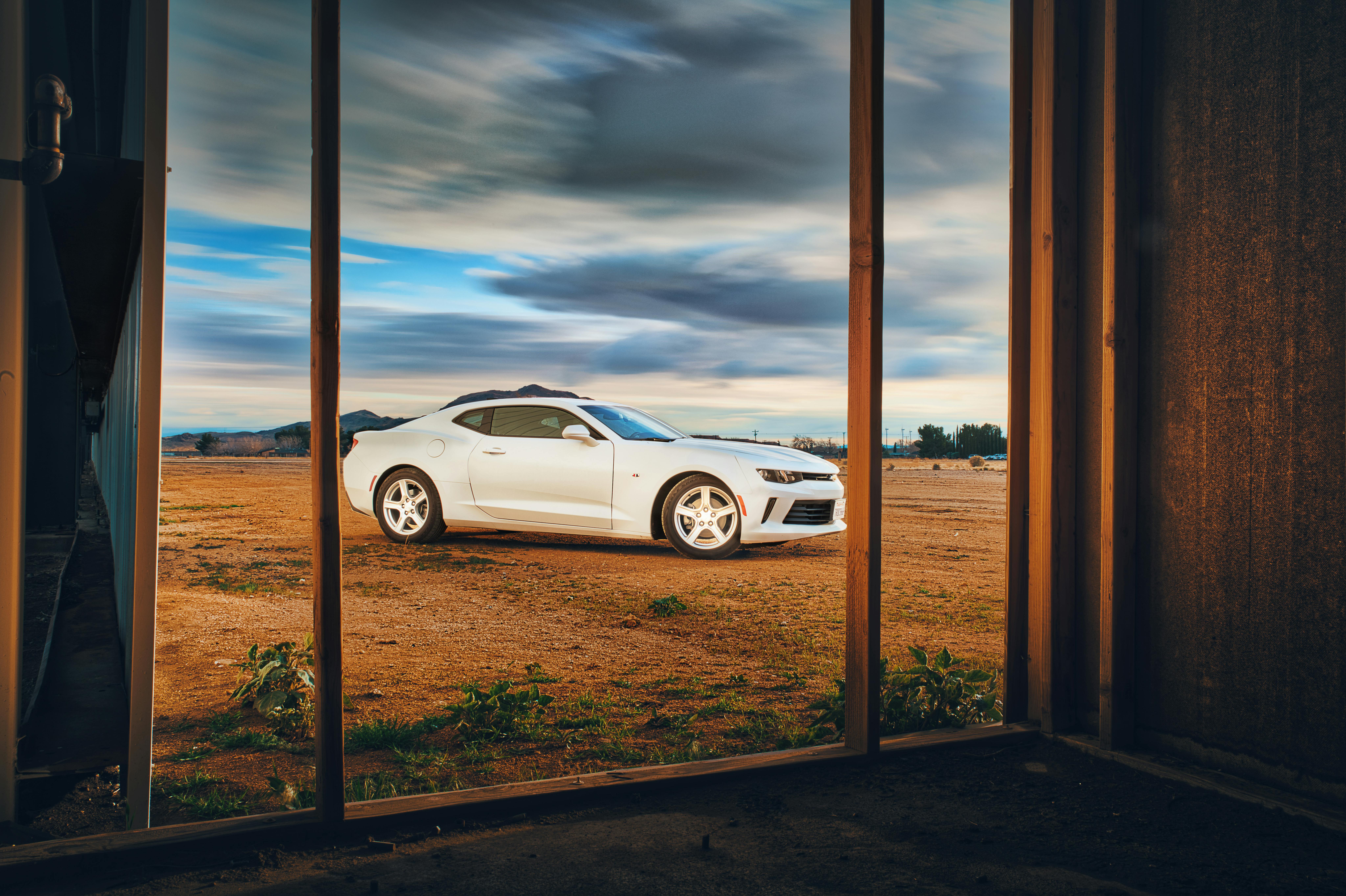The difference a tube makes in the flatness of the projection screen fabric The difference is in the details in V-shapes, wrinkles, waves and horizontal lines. All of these things can disturb a projection screen. Makes the projected image appear distorted, especially when the action moves from left to right on the screen (or vice versa). When a scene has a car driving down a street, it would appear to be driving underwater, as the car literally waves from one side of the screen to the other.
If your projection screen suffers from these issues, you’re not getting the most out of your projector. And it’s far from experiencing the best possible home theater.
When you have invested a good amount of money in your setup and enjoy watching movies, having these problems is definitely a situation that you should avoid. Saving a few bucks on a projection screen with these problems is also far from ideal. How can you, when all projection screens look the same, find the right screen? It’s simple, knowing what to look for or ask for.
Many problems are caused by one of the basic elements: the roller tube. The roller tube is the tube on which the fabric is attached. Since it’s invisible you may not know the differences as you don’t normally open it and manufacturers often don’t want you to know what they put in…
These are the elements of a perfect tube that guarantee perfect flatness for your projection screen fabric:
1. Asymmetric design that avoids horizontal lines. Attaching the fabric to a tube seems very easy: take a round tube and glue or tape the projection screen to the tube so that it sticks. This method is still used by many manufacturers who need to produce high volumes. However, there is a basic flaw in the design. The glue or tape has a certain height, just like the fabric. At the point where it joins the tube, this will create a ridge, which will press into each subsequent layer, creating horizontal lines at a certain interval. The result: horizontal lines that are visible on your movies. So how to avoid it? Use a rolling tube that compensates for the height of the fabric and the tail/tape at the point of attachment to the tube and whose asymmetrical design avoids horizontal lines in the fabric.
two. Wide and reinforced tubes, perfectly straight and that do not bend. Thin tubes have trouble supporting the weight of the fabric, especially on a very wide screen (over 220cm). This usually means that the tube is lower in the middle than it is at both ends (where it is connected to the side caps). The problem: sagging fabric with the characteristic V-shape. Using a wide, reinforced tube can prevent this problem. This type of tube is perfectly straight, even at longer widths, and allows the fabric to hang as it should. perfectly level. Wrinkle free.
3. Made for assembly. Who cares if the screen is easy to mount? Well, it should, considering that assembly can make or break the projection screen… Standard tubes are not easy to use when laying down fabric. What happens then is that the problem in the assembly leads to problems in the fabric, such as a fabric that is not properly aligned with the tube and wrinkles between the glue or tape and the fabric. A properly designed tube makes it easy to align the tape or glue with the tube. This allows the fabric to adhere easily and smoothly, thus avoiding any problems.
Many projection screen manufacturers make an elementary mistake by using cheap, round tubes. Although you are paying a little less money, you will pay a lot in terms of the quality of your projection. This also explains why you might get a few replacements and still suffer from the same issues.
We have already seen what 3 elements make up a good roller tube for a projection screen. If your screen has a tube with these elements, it is also a guarantee in itself. If so much attention has been paid to the tube, you can be sure that a lot of attention has been paid to the rest of the projection screen as well. This ensures the highest level of joy from your screen for years to come.
So how do you find that right screen? First of all, forget about buying a manual screen. It is simply too expensive for a high quality tube in a manual screen. Forget $200 – $300 electric projection screens too. You won’t get these very high-quality components here either. It’s not that you won’t be able to get a decent display, but we’re talking about perfect flatness and high performance. The kind that is guaranteed to squeeze that last bit of performance out of your system.
So ask. Check which tube is used, ask for details. Learn more than general statements. Learn about the “why.” And ask for a backup of the claims. If it is guaranteed to offer perfect flatness, ask about the guarantee. What is offered when it is not perfect?
However, keep in mind that it will rule out many popular options. Maybe even some familiar names. But if this is your second screen, or if you have a discerning eye and only want the best, now you know what to look for and ask for.
